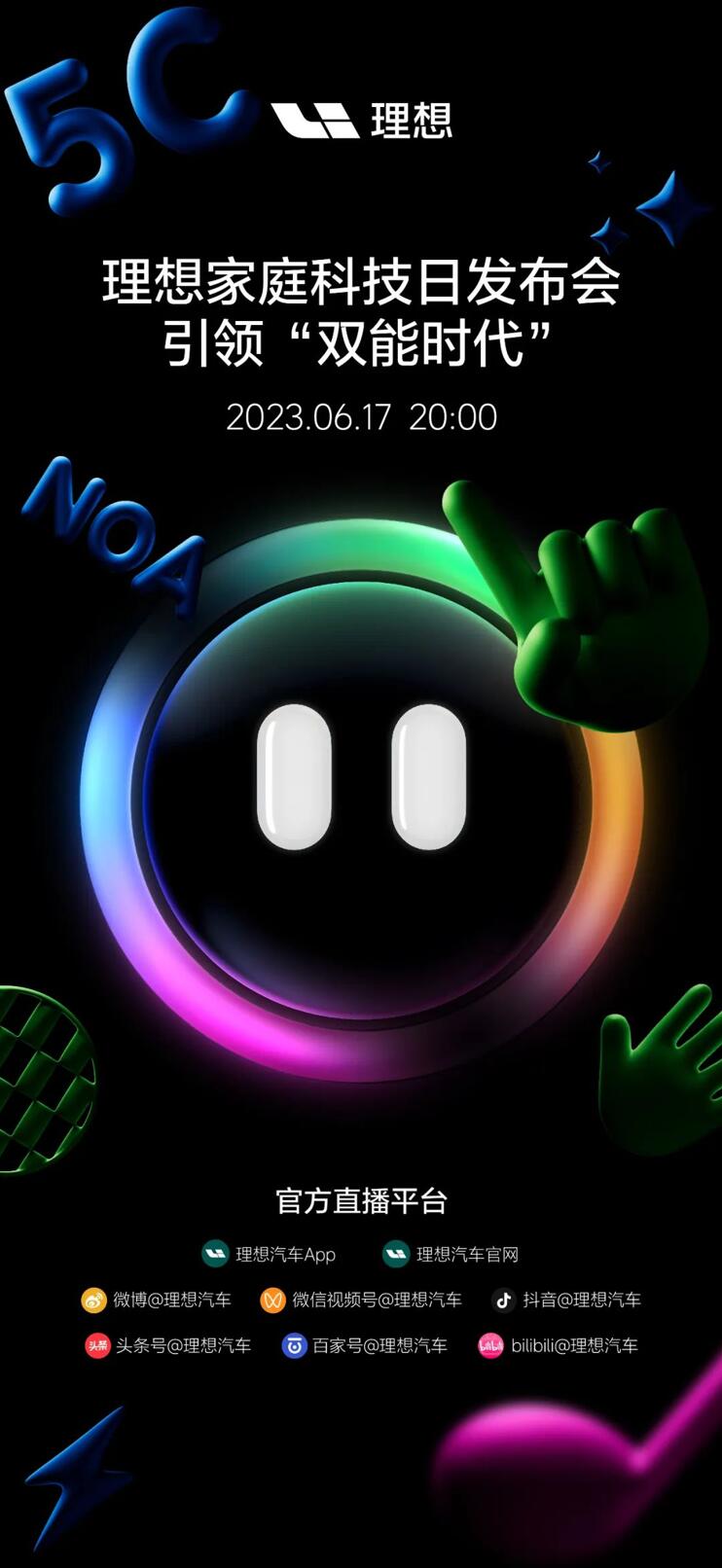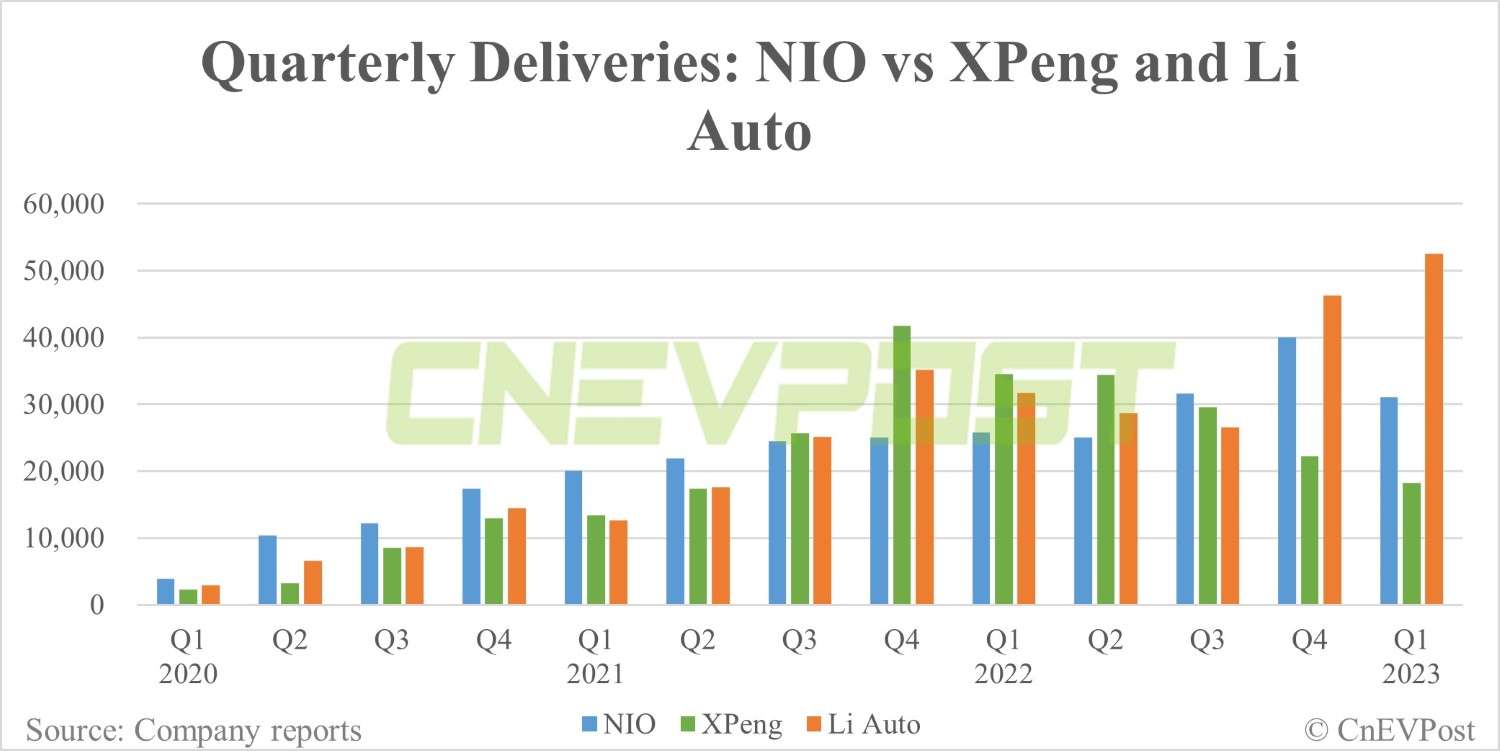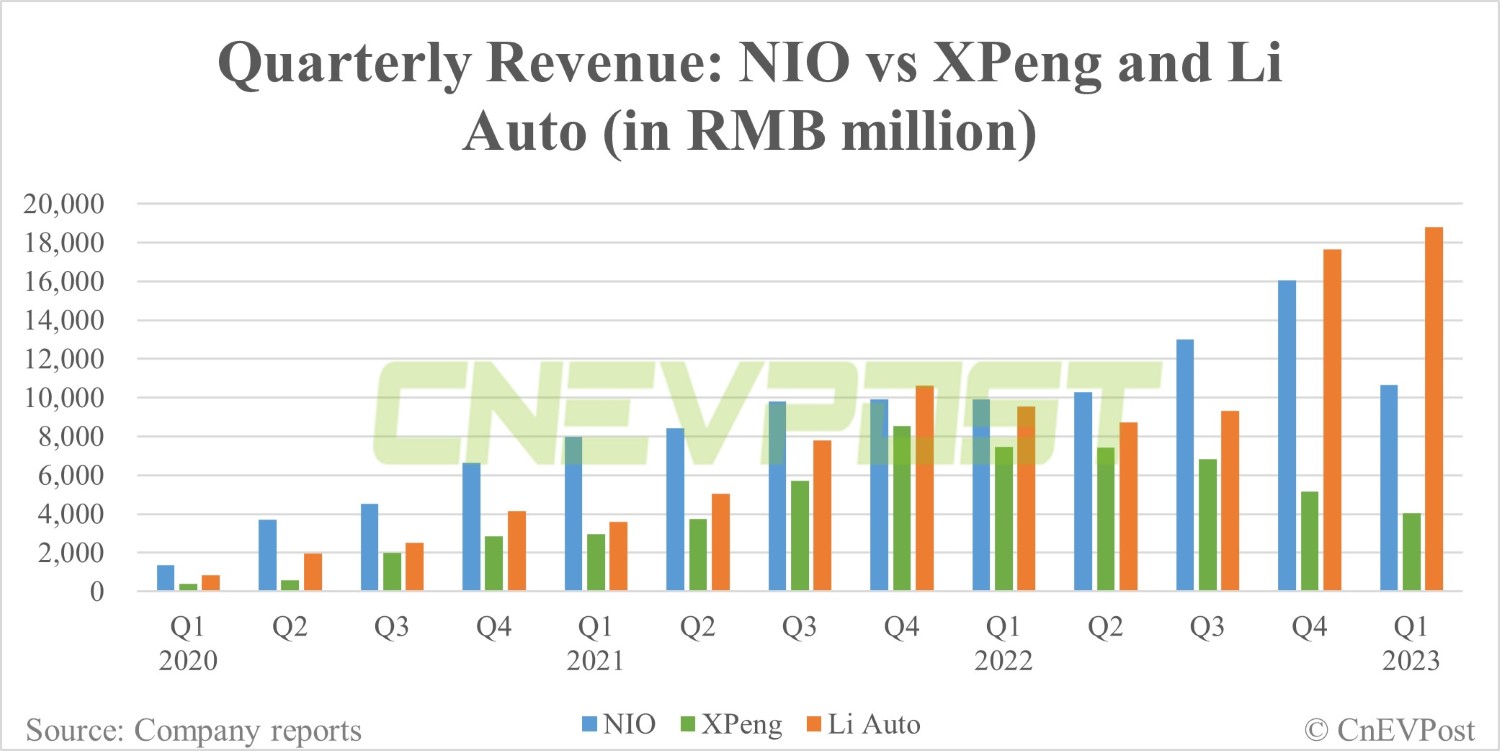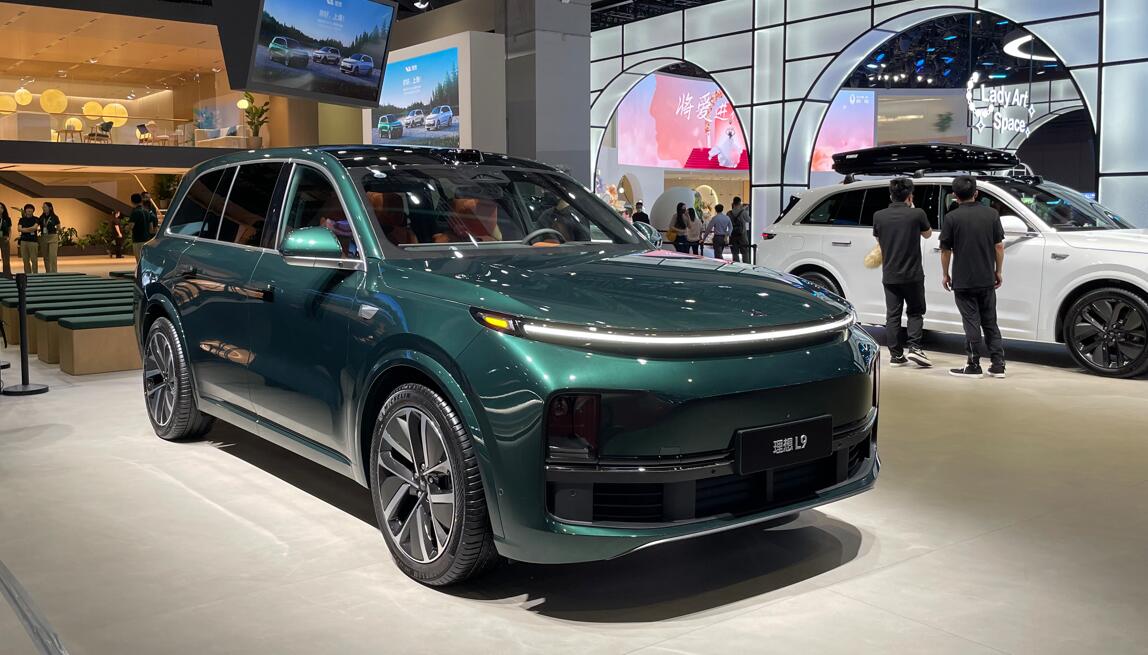This article is being updated, please refresh later for more content.
From June 1-11, NIO sold 2,800 units and Tesla 26,000 units.

Li Auto (NASDAQ: LI) continued to flex its muscles, showing strong sales last week while its two local peers, NIO (NYSE: NIO) and XPeng (NYSE: XPEV), remained weak.
For the week of June 5 to June 11, Li Auto sold a record 8,400 units, the company said today on Weibo.
That's far more than other new car-making brands and more than the second, third and fourth places on the list combined, it said, adding that Li Auto had sold 11,900 units this month as of June 11.
Li Auto continues to rank in the top five luxury brands sold in the Chinese market and is the highest-ranked Chinese brand on the list, it said.
The company has maintained its focus on premium family customers and has made a strong showing in the segment with its L series models, it said.
With the company's all-electric model and the delivery of the Li L6 next year, Li Auto is confident it will surpass one of the German luxury brands BMW, Mercedes-Benz and Audi in total sales in 2024, it said.
Li Auto did not explain on what basis that weekly sales were tallied, but apparently, they were insurance registrations. The company had suspended sharing those numbers in May, but has later resumed sharing them.
All of the models Li Auto is currently selling are extended-range electric vehicles (EREVs), essentially plug-in hybrids, including the five-seat Li L7 and the six-seat Li L9 and Li L8.
The EREV maker guided a month ago for second-quarter deliveries of between 76,000 and 81,000 units, meaning June deliveries are expected to be between 22,042 and 27,042 units, considering it delivered 25,681 and 28,277 units in April and May, respectively.
Tesla (NASDAQ: TSLA) sold 16,400 units last week, putting the June 1-11 cumulative total at 26,000, according to Li Auto. In the previous week, May 29-June 4, Tesla's figure was 14,500 units.

NIO (NYSE: NIO) had 1,500 units last week and 2,800 units this month as of June 11. Its figure for the previous week was 1,700 units.
XPeng (NYSE: XPEV) was at 1,500 units last week and 2,200 units for the month as of June 11. XPeng's figure for the previous week was 2,100 units.
Zeekr was at 1,500 units last week and 2,400 units this month as of June 11. Its figure for the previous week was 2,100 units.
Leapmotor was 3,000 units last week and 4,400 units this month as of June 11. Its figure for the previous week was 3,400 units.
Neta was at 1,900 units last week and 2,800 units this month through June 11. Its figure for the previous week was 2,900 units.


The post China NEV insurance registrations for week ending Jun 11: Tesla 16,400, Li Auto 8,400, NIO 1,500 appeared first on CnEVPost.
For more articles, please visit CnEVPost.














